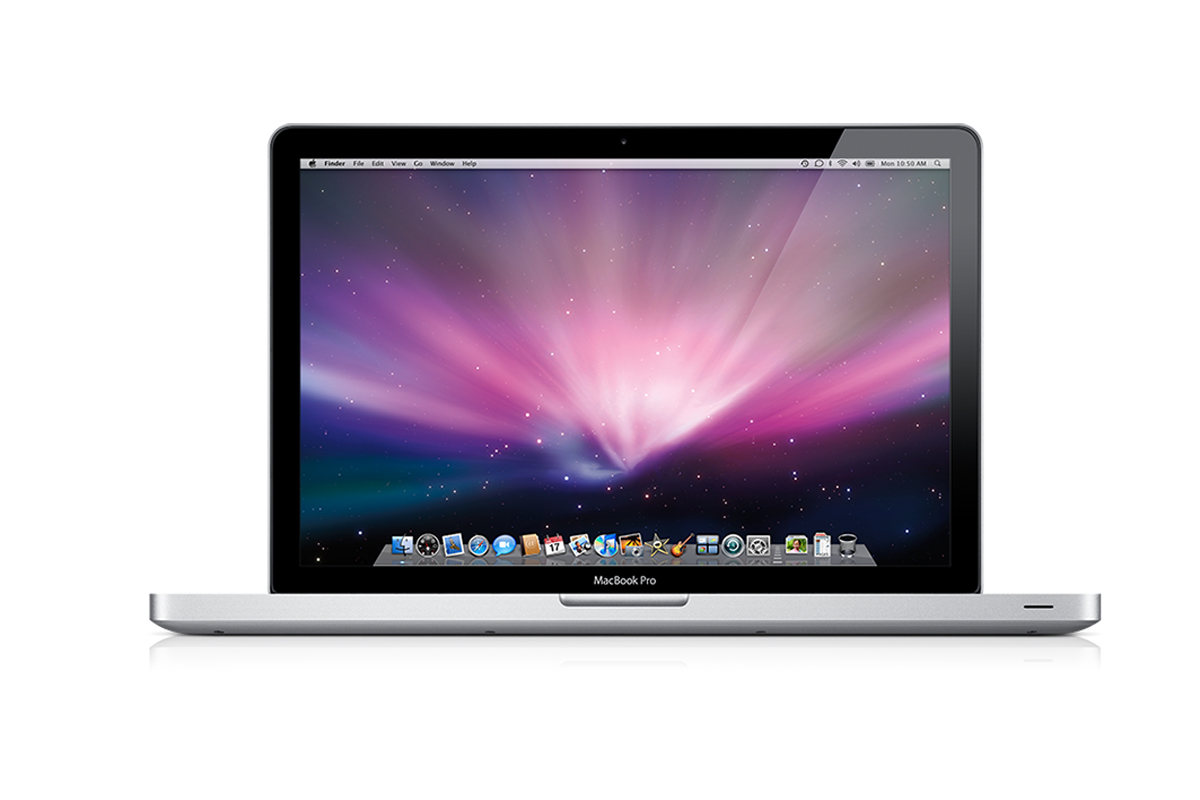Apple MacBook Pro 13in review
We look at Apple’s new 13in MacBook Pro to see how it stacks up for business use.

Apple’s new 2.66GHz MacBook Pro sports excellent network connections but it’s not so great if you need to connect a lot of USB peripherals. Unless you genuinely see a need for extra speed and don’t want to step up to a heavier 15in model, you’ll be just as happy with the 2.4GHz model. Put the considerable saving of £250 towards peripherals, an extended warranty or virtualisation software, and also bear in mind that Apple doesn’t bundle any office software even at this price. Otherwise the 13in MacBook Pro’s battery life under light use is an attractive proposition that will see you through the working day.
You'd be forgiven for not noticing the changes just by glancing at the new 13in MacBook Pro because it's identical from the outside, with the same line-up of ports (there's no sign of Apple adopting USB 3) and the same aluminium unibody design. The differences lie inside and comprise a mix of incremental bumps to the processor and memory and a completely new graphics processor.

Apple supplied the 2.66GHz model for review. It's a Core 2 Duo processor rather than the newer Intel iSeries. Apple reasons that it has focused on other components that make a difference, so the ageing NVIDIA GeForce 9400M graphics processor is ousted in favour of a GeForce 320M, though it still siphons off some RAM for its graphical work.
That's of less concern now that 4GB is fitted as standard, double the previous amount, enough to run several office applications, even under Windows in a virtual machine. The new GPU boosted our OpenGL graphics test by 15 points to score 178 points, and you'll have to step up to the 15in model to get better performance for CAD and other demanding applications.
The 13in MacBook Pro weighs 2.04kg, a whole 500 grams less than the 15in model and 90g lighter than the white polycarbonate MacBook. That's a noticeable weight to carry but it's the lightest of all portable Macs.
Apple reckons this model has the longest battery life, too. It quotes a massive 10 hours of wireless productivity, which amounts to browsing web pages and typing in a word processor. Our tests work out the extremes of your behaviour. Left idle while connected to a Wi-Fi network, and with screen brightness at 50 per cent, the battery lasted 13 hours and two minutes.
Get the ITPro daily newsletter
Sign up today and you will receive a free copy of our Future Focus 2025 report - the leading guidance on AI, cybersecurity and other IT challenges as per 700+ senior executives
-
 ‘Phishing kits are a force multiplier': Cheap cyber crime kits can be bought on the dark web for less than $25 – and experts warn it’s lowering the barrier of entry for amateur hackers
‘Phishing kits are a force multiplier': Cheap cyber crime kits can be bought on the dark web for less than $25 – and experts warn it’s lowering the barrier of entry for amateur hackersNews Research from NordVPN shows phishing kits are now widely available on the dark web and via messaging apps like Telegram, and are often selling for less than $25.
By Emma Woollacott Published
-
 Redis unveils new tools for developers working on AI applications
Redis unveils new tools for developers working on AI applicationsNews Redis has announced new tools aimed at making it easier for AI developers to build applications and optimize large language model (LLM) outputs.
By Ross Kelly Published
-
 Google layoffs continue with "hundreds" cut from Chrome, Android, and Pixel teams
Google layoffs continue with "hundreds" cut from Chrome, Android, and Pixel teamsNews The tech giant's efficiency drive enters a third year with devices teams the latest target
By Bobby Hellard Published